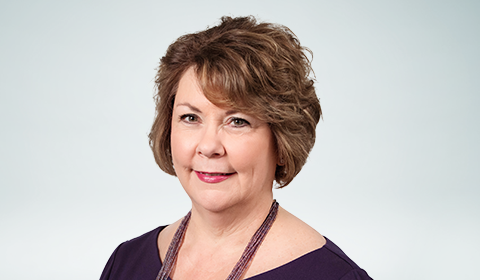In terms of cancer, the highest costing patients usually receive escalating treatments ending with bone marrow transplants, which sometimes incur adverse reactions requiring further hospitalization. In addition, the costs of cell therapies (also known as CAR Ts), which are increasing in access and use, are akin to those for bone marrow transplantation, but have further upward financial pressures due to the costs of the CAR T treatment itself.
That said, it is relatively rare to encounter specialty drugs for cancer with costs at the extreme levels seen in the non-cancer conditions. High and rising cancer drug cost levels have, however recently been experienced for the following:
- Elzonris (tagraxofusp-erzs), a treatment for blastic plasmacytoid dendritic cell neoplasm, may cost approximately $3 million for a full year course.
- Kimmtrak (tebentafusp-tebn), a treatment for uveal melanoma, may cost nearly $1 million for a full year course.
- Folotyn (pralatrexate), for relapsed or refractory peripheral t cell lymphoma, may cost more than $800,000 for a full year course.
- Demser (metyrosine), for symptoms of pheochromocytoma (adrenal gland tumors), may cost over $800,000 for a full year course. A patient who also uses Dibenzyline (phenoxybenzamine) may incur claims costs as high as $1 million.
Chart 3 demonstrates how Medicare spending on top 10 cancer drugs and other costly cancer drugs – those that typically cost over $100,000 per year per patient commercially – are playing a material role in elevating U.S. healthcare spending. Biosimilar introductions, competition, and Medicare’s IRA negotiations may succeed in dampening the current cancer specialty drug spend trajectory.
From RGA’s experience with high-cost claims, cancer drugs have higher overall trends due to several factors:
- Higher annual costs for newly approved cancer drugs
- Higher unit cost trends
- More use of drugs to treat cancer in place of surgeries, radiation and chemotherapy
How can health plans mitigate these costs and risks?
When cases have high excess drug claims, there are strategies to make sure that the health plan is maximizing value:
Curating formularies
Biosimilars and generics are often available to compete directly with certain drugs. Once approved, direct writers should ensure that their formularies adopt generics and biosimilars quickly in order to have lower-cost alternatives available and encourage price competition. Plan design incentives to encourage patient use of lower-cost alternatives are recommended as well, such as lower co-pay tier placement. Sometimes it is worthwhile to take high-cost brand names off of a formulary altogether. For example, fentanyl is generically available to help treat pain related to certain cancers but brand-name fentanyl versions can cost eight to 15 times more than the generic, unnecessarily costing some health plans tens to hundreds of thousands of dollars a year.
Address the “where” for certain drugs
Health plans should examine whether certain drugs are optimally accessed through a retail pharmacy, a specialty pharmacy, or certain hospitals, as the same drug can cost drastically more when administered by certain providers. This is where benchmarking can help health plans cut costs.
Look for and react to atypically high charges
Outlier analysis is a powerful tool for identifying bad actors, human error, or claims system errors. In one case RGA recently encountered, a patient’s cost for post-transplant immunotherapy was eight times more than normal, but was corrected by working with the third-party transplant network vendor.
Watch J Code drug costs
While Congress and state legislators have increased their scrutiny of pharmacy benefit managers over the past two years, more outlier drug claims are being encountered among physician- and facility-billed drugs (J Code drugs) than retail drugs. Sometimes these egregious cases should imply network exclusion consequences for certain providers or facilities, or at least provider contract implications and intermediary remedies.
Watch general J Codes
Most non-retail drugs, when first approved, are billed using the general J codes J3490, J3590 or J9999 until a specific code is assigned. As general codes are usually not flagged by claims systems, charge levels net of discounts can be incorrectly high. Health plans would benefit from reviewing general J Code claims, particularly high dollar ones.
The bottom line: Detailed client reporting as well as proper flagging will enable identification of issues and actions that will improve outcomes and reduce costs.
Managing the risk
What is clear is that planning for and executing specialty drugs requires strong and careful oversight. New high-cost treatments and therapies are coming faster than ever and cases with excessive costs are increasing, which is challenging portfolio management.
Most important? Everyone is looking for a magic bullet. Unfortunately, to date, no one has found one yet. For payors, tightening basic practices and relying on good cost and utilization management is the best bet.
Strong prior authorization processes will validate the right drug for the patient as well as the most cost-effective site of treatment administration. Many specialty drugs can be safely administered in the patient’s home, rather than at a clinic or hospital where costs are much higher.
Monitoring for generic J codes that may slip pass claim system flags, allowing for higher than usual payments, can also help control specialty pharm costs.





